It’s sad to say, but several of the most popular fall planted, overwintering bulbs that we love are also loved by pesky rodents and deer. Tulips and lilies in particular are dining delights.
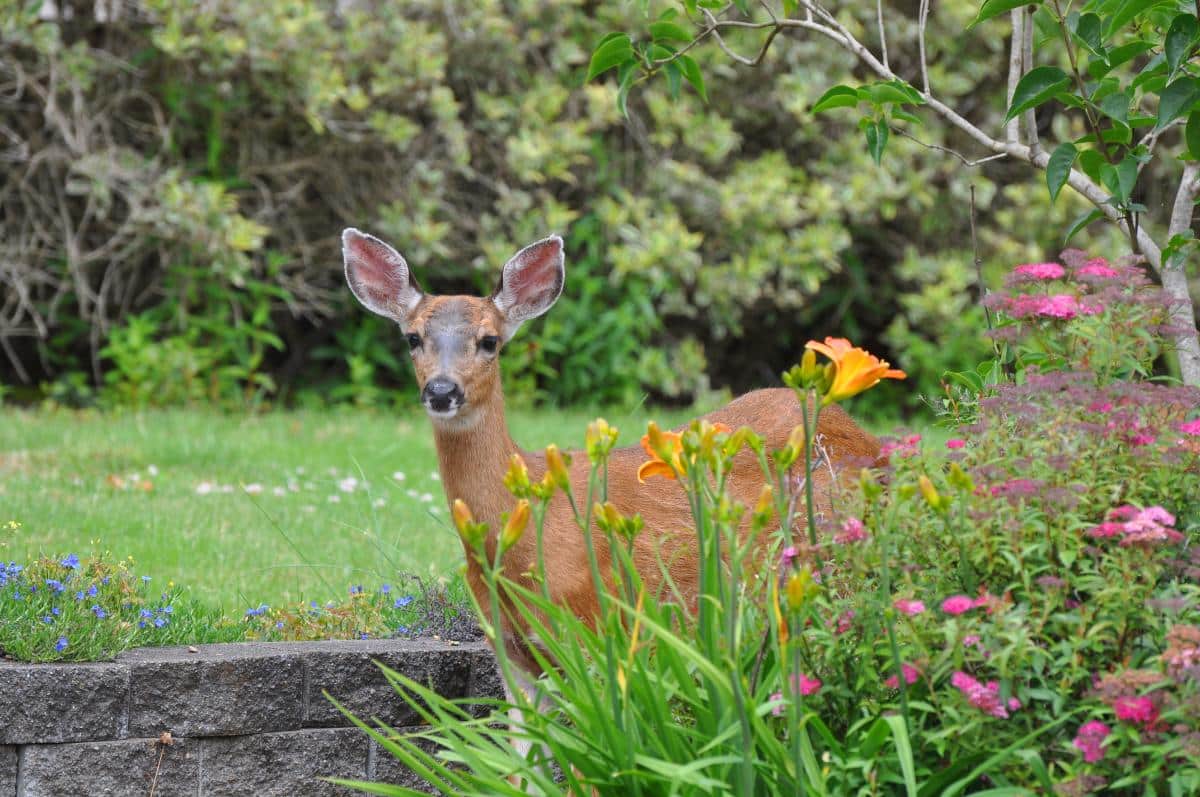
But that doesn’t mean that you can’t plant and enjoy fall-planted, overwintering bulbs.
Jump to:
- For Rodent and Deer Resistance, Look to These Reliable Plant and Bulb Families
- Top 10 Rodent Resistant and Deer Resistant Overwintering Bulbs
- 1. Daffodils
- 2. Alliums
- 3. Fritillaria
- 4. Scilla or Squill
- 5. Winter Aconite
- 6. Snowdrops
- 7. Hyacinths
- 8. Muscari (Grape Muscari)
- 9. Starflower
- 10. Dutch Iris
- Wider Options If Deer Resistance Is Your Only Concern
- Use These Resistant Plants to Deter Animals Away from Others
For Rodent and Deer Resistance, Look to These Reliable Plant and Bulb Families
The families of bulbs that are the most deer-resistant largely reside in two families. At least to say, if you choose bulbs in these families, it’s a pretty sure bet that they will be left alone.
So, if you’re not sure which bulbs to plant, look up members and varieties in these two rodent and deer-resistant plant families.
The first is members of the family of amaryllis and narcissus. Members include daffodils and snowdrops, along with many others that aren't quite as winter hardy (and some others that are).
The second is alliums. You can’t go wrong with anything in the Allium family. This is the family of the ornamental onions (those big purple flowers that look like giant chives). They are decorative relatives of that pungent vegetable we know and love (or you really hate, in which case you can relate to animals leaving them alone!).
Top 10 Rodent Resistant and Deer Resistant Overwintering Bulbs

To be more specific and give you some good, solid leads, here is a list of ten of the best and most deer and rodent resistant varieties of fall planted, overwintering bulbs.
These are the ones that you can usually rely on still being in the ground in the spring (that rodents don’t use for winter snacks), and that deer will leave alone when they come up.
1. Daffodils
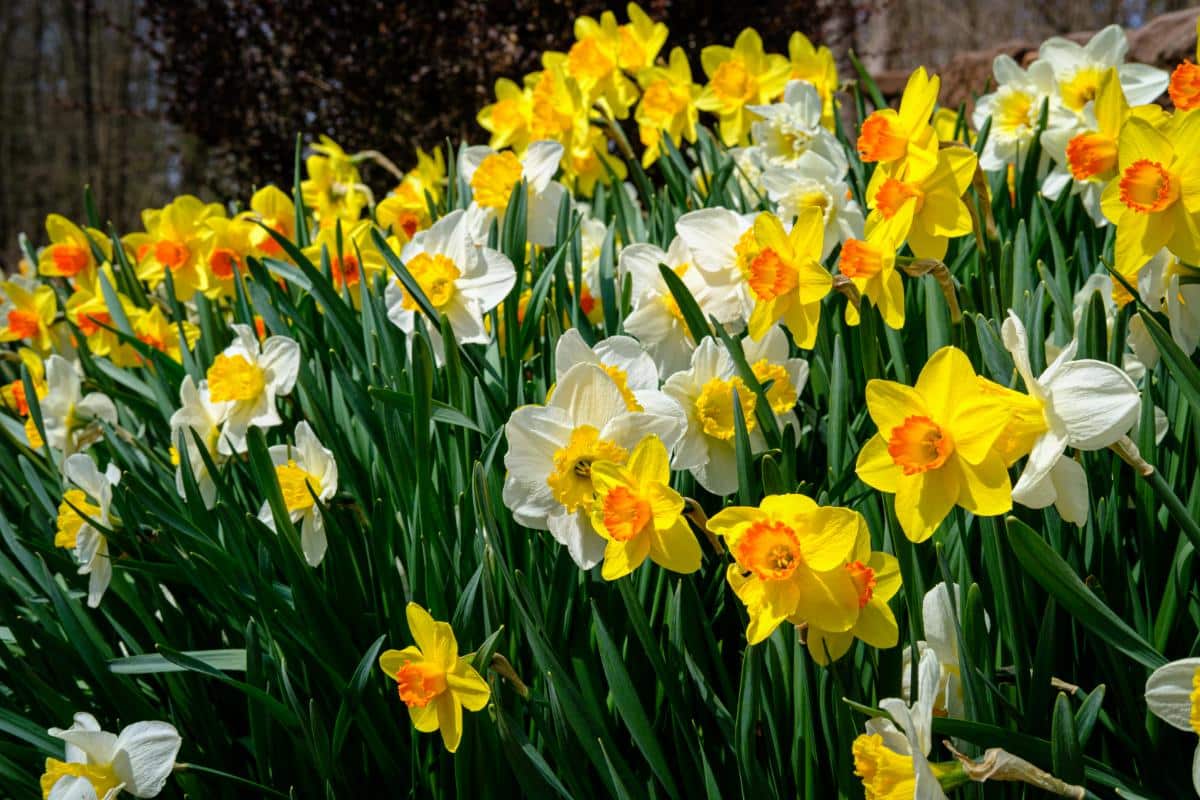
| Name: | Narcissus |
| Hardiness Zones: | 3 through 8 |
| Bloom Time: | Early Spring |
| Planting Time: | Fall (any time fall through early winter while the ground is workable) |
| Planting Depth: | 6 to 8 inches |
| Plant Spacing: | 4 to 6 inches |
Daffodils are classic and are also one of the earliest of the spring bulbs to come into bloom (with the exception of things like snowdrops).
There are many options when it comes to daffodils, too. Yellow is traditional and the most well-known, but there are also beautiful varieties and colors. Some have full double blooms, some have dual coloring, and some have centers in colors of pink with contrasting petals. There’s a lot to discover in the world of daffodils!
Another benefit? You can buy a lot for a little money! There are also nice mixed bags offering easy variety.
2. Alliums
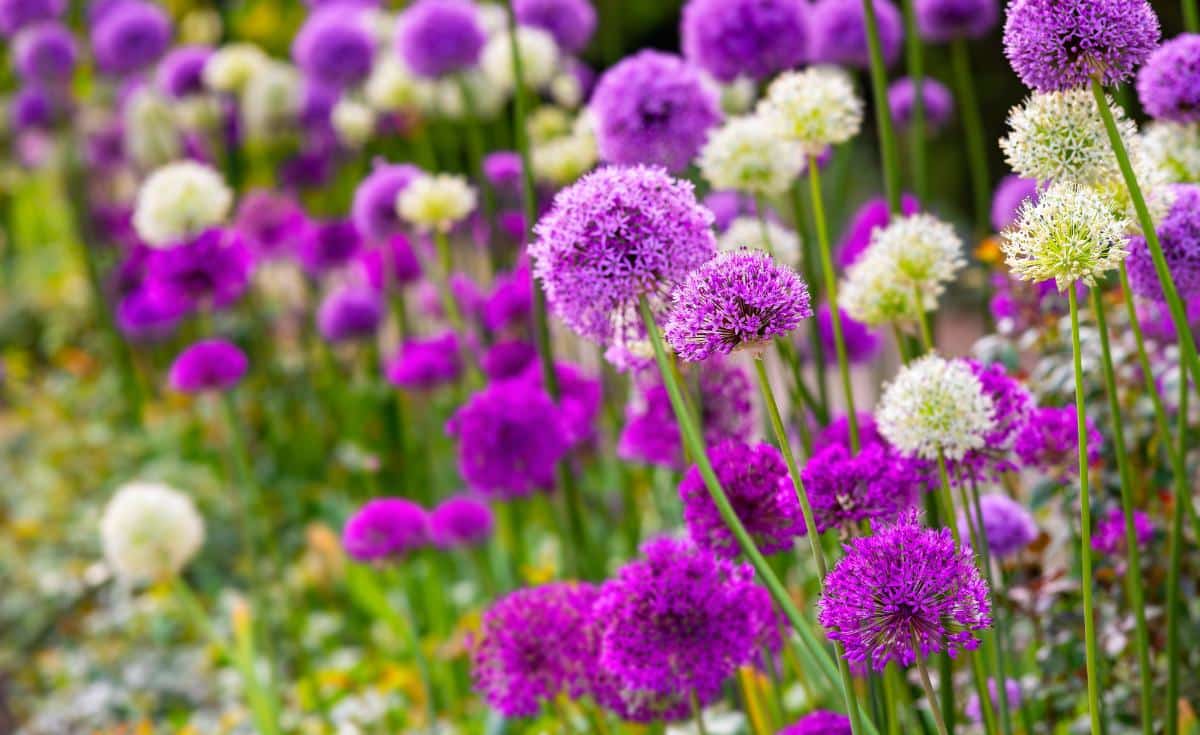
| Name: | Allium (various variety names) |
| Hardiness Zones: | 3 through 8 |
| Bloom Time: | Late spring/early summer |
| Planting Time: | Fall (any time fall through early winter while the ground is workable) |
| Planting Depth: | Varies by bulb size (2 to 3 times the size of the bulbs) |
| Plant Spacing: | Varies by bulb size (2 to 3 times the size of the bulbs) |
Alliums come in a range of colors and sizes, from average heights to giant and colossal alliums several feet tall. The most common flower shape is a large ball of small flower blossoms, often resembling that of chive flowers (which are edible cousins of the ornamental varieties).
Alliums are much loved by all sorts of pollinators and butterflies. You will find them covered in bees and pollinators while they are in bloom. Because they bloom early, alliums can be a valuable food source for these creatures, while there is little else on offer from Mother Nature.
3. Fritillaria

| Name: | Fritillaria |
| Hardiness Zones: | 4 through 8 |
| Bloom Time: | Mid Spring |
| Planting Time: | Fall (any time fall through early winter while the ground is workable) |
| Planting Depth: | 4 to 6 inches |
| Plant Spacing: | 10 to 12 inches |
Fritillaria comes in a variety of colors. Some varieties also offer interesting patterning, including checkered patterns. They come in a range of sizes, from some that are about the height of standard daffodils to tall varieties 30 to 40 inches tall.
Fritillaria bloom a bit later than daffodils, so they work well to continue garden color when the earlier flowers are fading. Fritillaria are considered “extremely” deer and rodent resistant.
4. Scilla or Squill
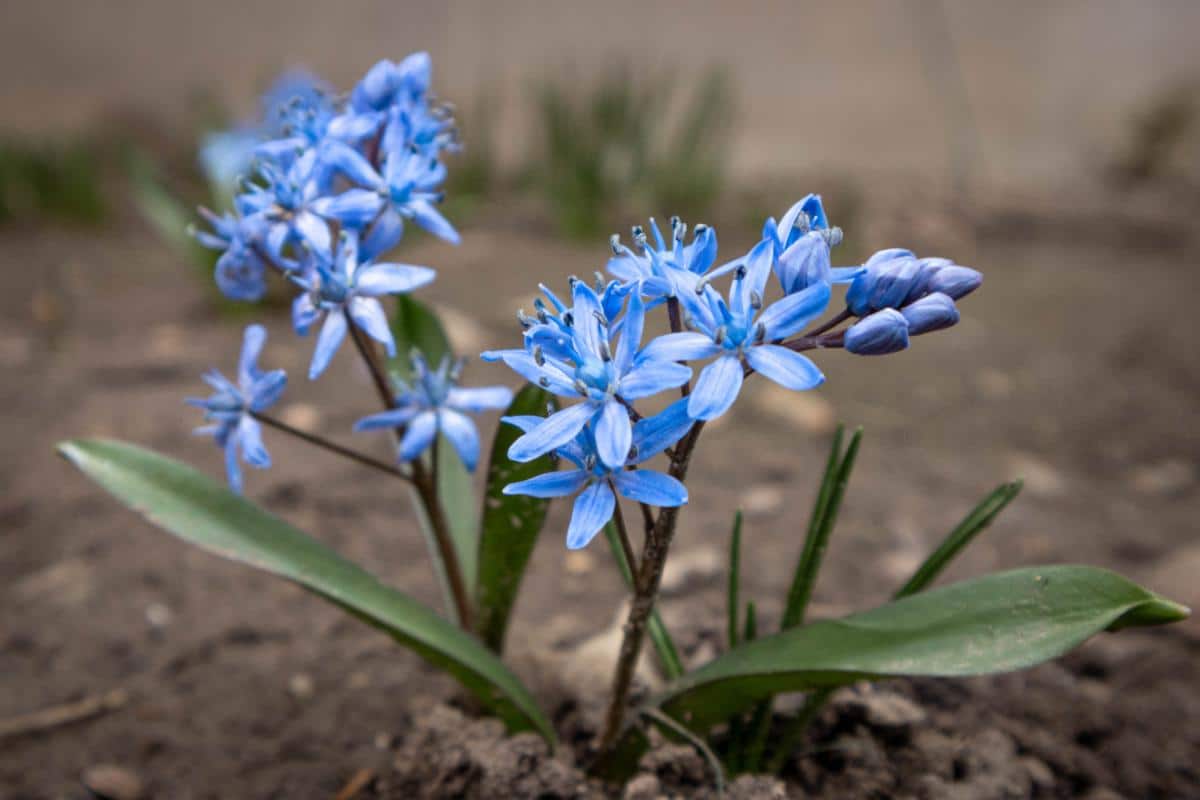
| Name: | Scilla, Scilla siberica |
| Hardiness Zones: | 3 through 9 |
| Bloom Time: | Late winter/early spring |
| Planting Time: | Fall (any time fall through early winter while the ground is workable) |
| Planting Depth: | 2 to 3 inches |
| Plant Spacing: | 2 to 4 inches |
Squill or scilla also come in different varieties. The main thing that differentiates most varieties is color and bloom time. One of the most highly recommended and most popular varieties are the Siberian squill, Scilla siberica.
Squill are among the earliest winter blooming plants (depending on the variety -- Siberian squill is such an early bloomer). They mix well with other late winter/early spring flowers for a winter-blooming garden. They are small and delicate looking, with a height that tops out from four to six inches tall, but they are very hardy.
5. Winter Aconite

| Name: | Eranthis cilicica |
| Hardiness Zones: | 4 through 7 |
| Bloom Time: | Very early spring |
| Planting Time: | Fall (any time fall through early winter while the ground is workable) |
| Planting Depth: | 3 inches |
| Plant Spacing: | 2 to 3 inches |
Winter aconite is a low-growing (three to six inches tall) forest flower that creates a golden carpet of color when it blooms. It naturalizes readily, spreading its carpet even further each spring. The flowers are small and yellow and upwardly open, somewhat resembling that of a buttercup.
6. Snowdrops
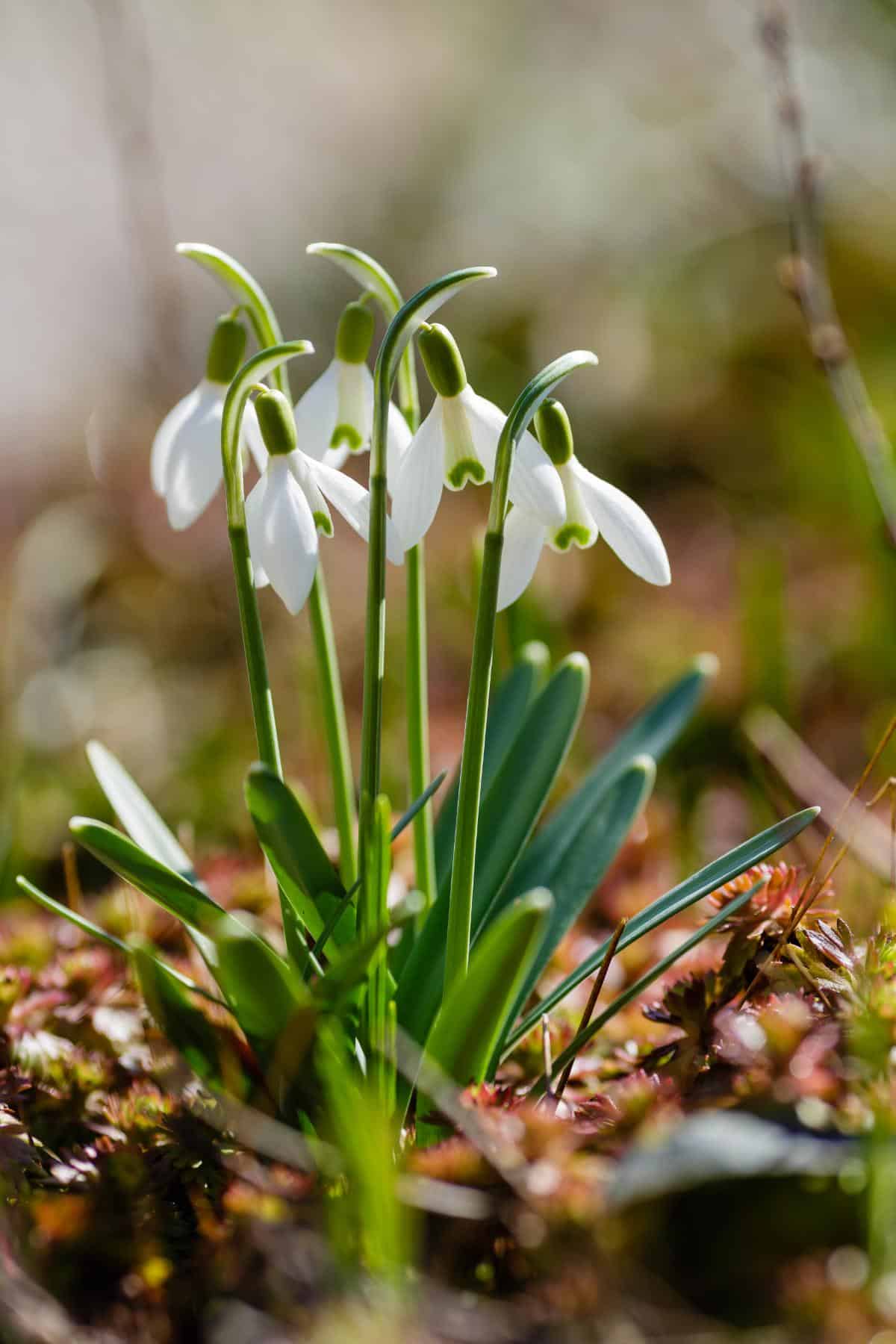
| Name: | Galanthus |
| Hardiness Zones: | 2 through 9 |
| Bloom Time: | Late winter/early spring |
| Planting Time: | Fall (any time fall through early winter while the ground is workable) |
| Planting Depth: | 2 to 3 inches |
| Plant Spacing: | 2 to 4 inches |
Snowdrops are beloved for their delicate appearance, but have a tenacious, hardy character. They are typically the earliest of the spring flowers, often blooming in late winter and coming up through snow. They are similarly hardy to squill, reticulated iris (which is not always deer and rodent proof), and crocus (also not a solidly pest proof bulb). All four of these mix well to create an early bed of blooms in the late winter, and the resistant bulbs help to protect those with less resistance.
7. Hyacinths
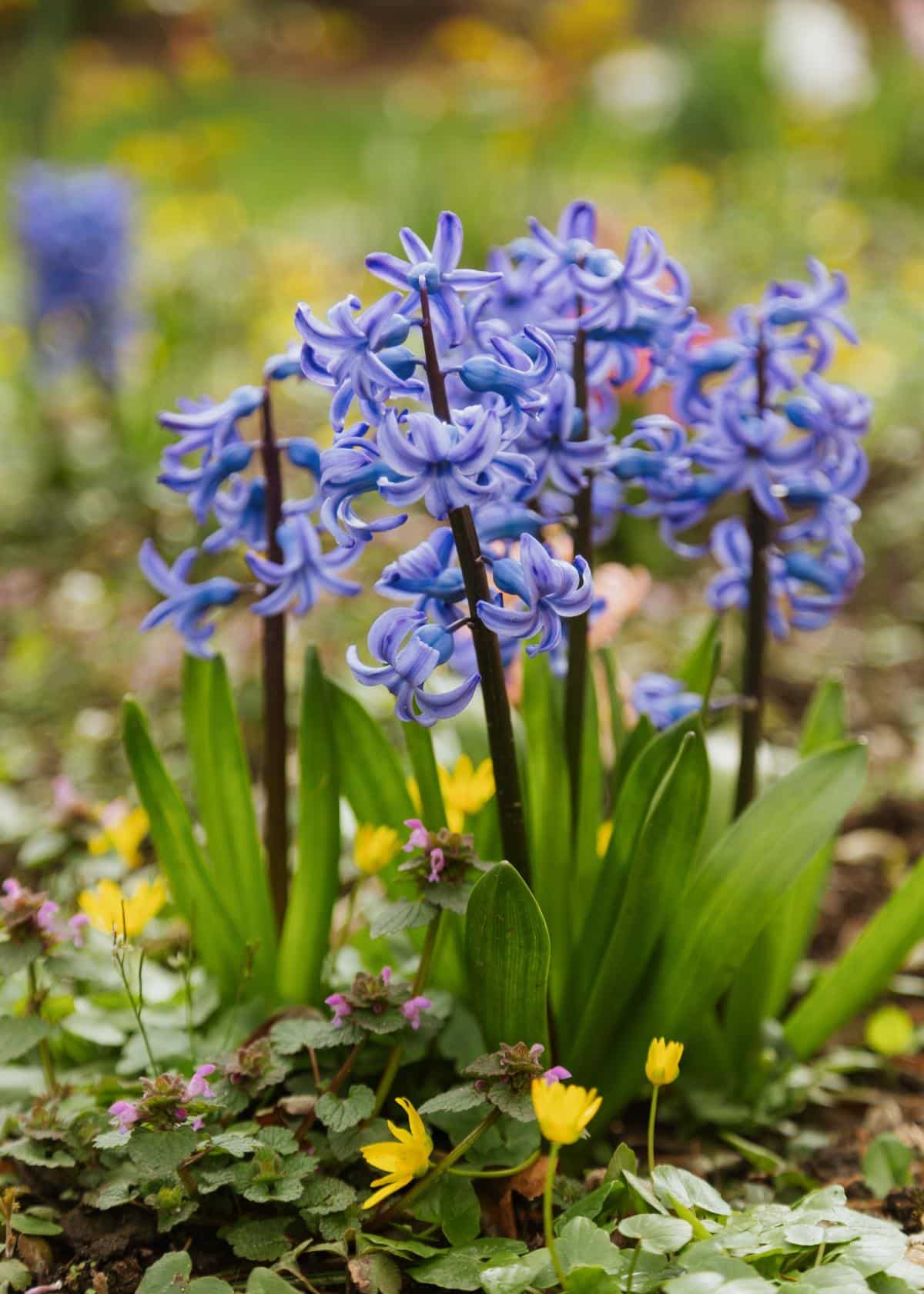
| Name: | Hyacinthus orientalis |
| Hardiness Zones: | 4 through 8 |
| Bloom Time: | Early through mid-spring |
| Planting Time: | Fall (any time fall through early winter while the ground is workable) |
| Planting Depth: | 6 inches |
| Plant Spacing: | 4 to 6 inches |
Hyacinths grow in a somewhat cylindrical flower spike on a thick, sturdy stem. Each stem is covered with hundreds of small, fragrant florets. There are many colors, but white, pink, and purple or blue are the most common.
The best thing about hyacinths is their fragrance. It is lovely and strong. A single flower can brighten up an entire room easily. The scent is similar to that of lilac blooms, but longer lasting. Hyacinths are also very early to bloom, sharing a bloom time similar to that of daffodils, usually a bit ahead of tulips.
8. Muscari (Grape Muscari)
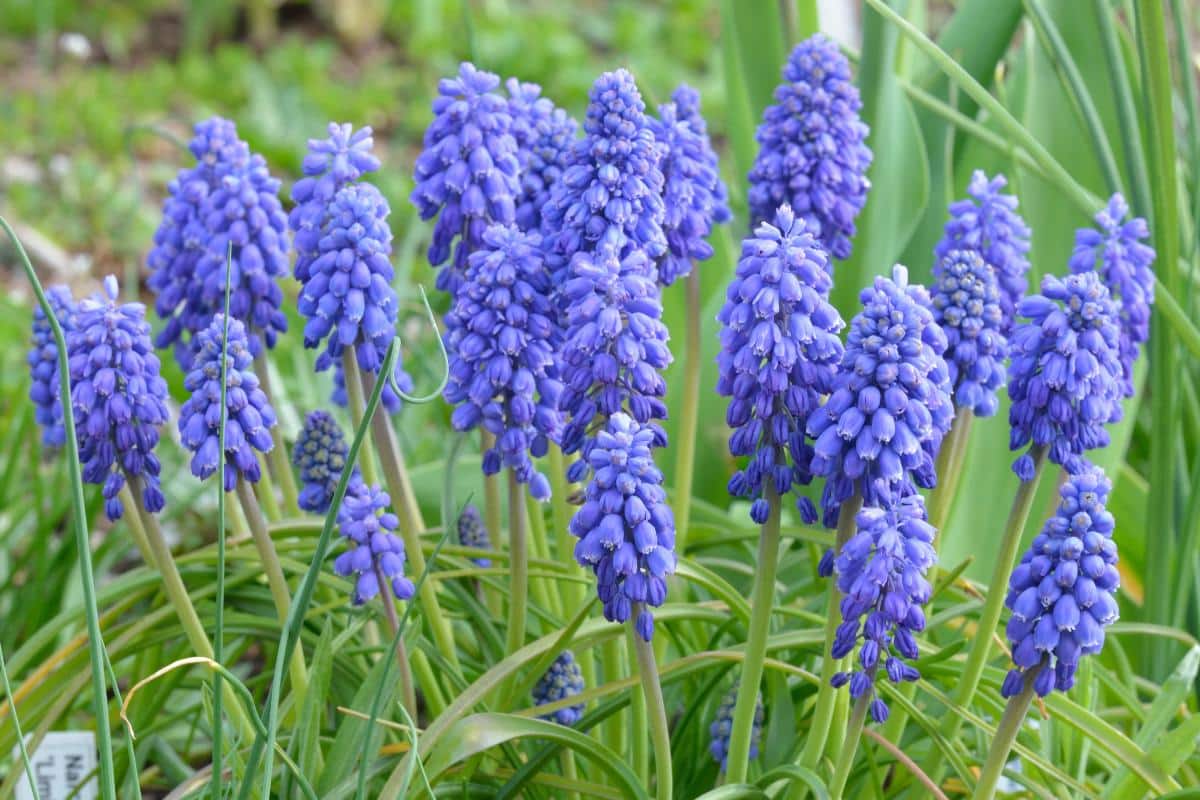
| Name: | Muscari armeniacum |
| Hardiness Zones: | 4 through 8 |
| Bloom Time: | Mid spring |
| Planting Time: | Fall (any time fall through early winter while the ground is workable) |
| Planting Depth: | 2 to 3 inches |
| Plant Spacing: | 3 to 4 inches |
Muscari looks a lot like a diminutive version of hyacinth (they are, in fact, also called Grape Hyacinths, but they are different flowers). They are typically varying shades of blue. Muscari mix nicely with spring flowers or when planted as a drifting sea of blue. If you love the scent of hyacinths but find them overwhelming, grape muscari may be the answer for you.
9. Starflower

| Name: | Ipheion |
| Hardiness Zones: | 5 through 9 |
| Bloom Time: | Early spring |
| Planting Time: | Fall (any time fall through early winter while the ground is workable) |
| Planting Depth: | 3 to 3 inches |
| Plant Spacing: | 3 to 4 inches |
Starflower is a sweet-smelling early bloomer, one of the earliest of spring flowers, and very resistant to pests. They are usually in hues of blue and have a star-shaped, six-petaled appearance. One of the best things about starflowers (besides their deer and rodent resistance) is that their blooms last for a very long time. They will keep flowering for as many as eight weeks.
10. Dutch Iris
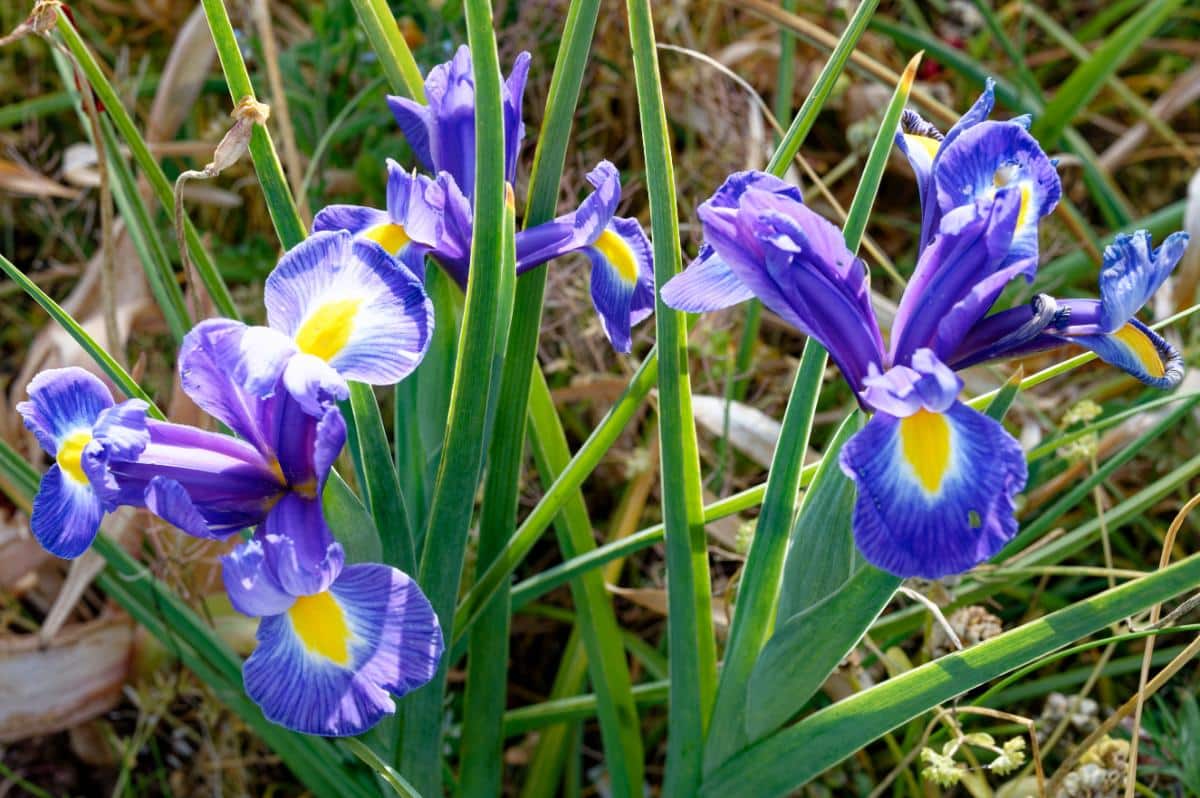
| Name: | Iris hollandica |
| Hardiness Zones: | 5 through 9 |
| Bloom Time: | Late spring/early summer |
| Planting Time: | Fall (any time fall through early winter while the ground is workable) |
| Planting Depth: | 3 inches |
| Plant Spacing: | 4 to 6 inches |
Dutch irises are another classic flower, in part for their resistance and hardiness and in part for their delicate nature. The flowers grow to around two feet tall. They can be purchased in sets of single colors, but they are also widely available in mixed varieties with colors of purple, yellow, magenta, and more.
Dutch irises are also one of the least expensive bulbs, so they’re a good choice to plant to cover a wide area. They bloom after daffodils but with similar plant sizes, so they are a good one to mix in a bed to continue the color after the daffodils are done. Dutch irises will bloom for a period of up to three weeks.
Wider Options If Deer Resistance Is Your Only Concern
If rodents aren’t your usual problem and deer are your larger concern, you have more options open to you. There are more bulbs that are resistant to damage or consumption by deer than there are to rodents.
Crocuses, for example, are deer-resistant but don’t do as well against rodents. When it's deer that plague you, search for deer-resistant varieties.
Use These Resistant Plants to Deter Animals Away from Others
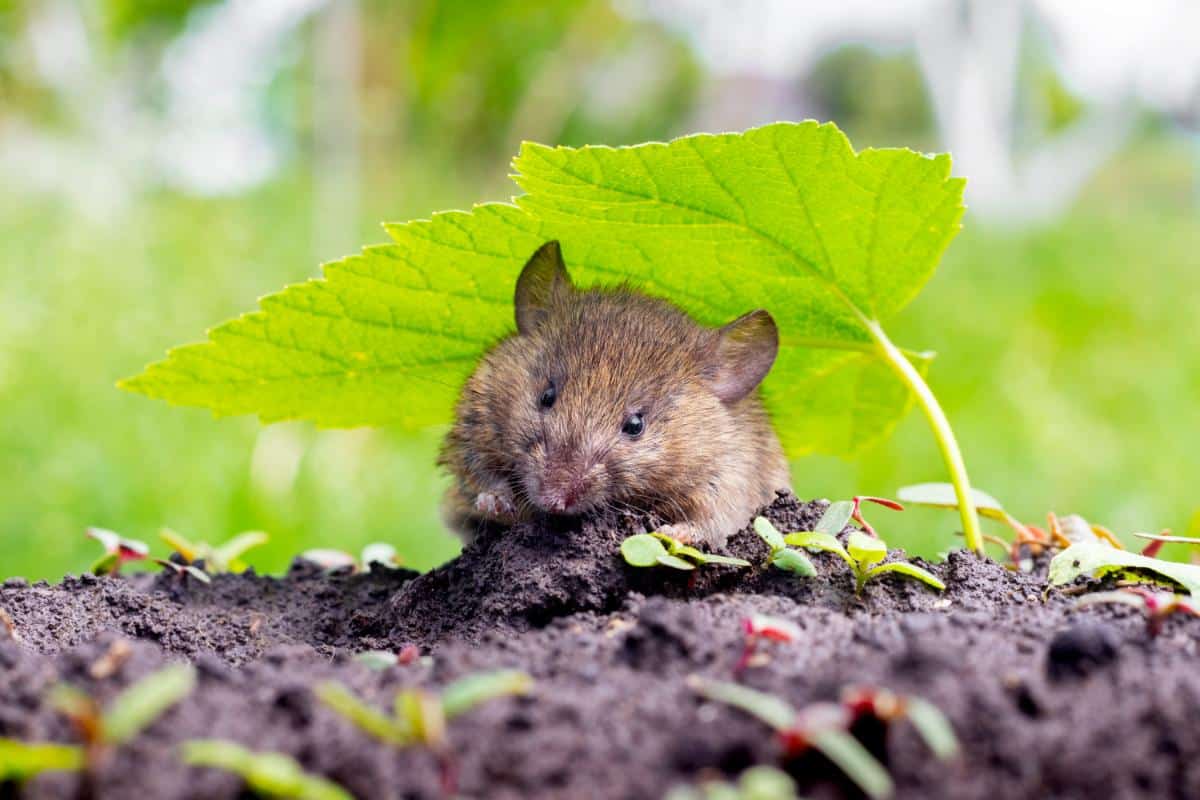
If you want more than the bulbs listed above, another option is to use these rodent and deer-resistant bulbs as companion plants to protect things like tulips and lilies (the bulbs that rodents love).
Even while dormant in the ground, if the bulbs are hidden and hard to find in a mass of resistant bulbs that the squirrels, chipmunks, moles, and other rodents hate, then they are more likely to go find an easier mark.
If deer come to give the sniff test to a deep border of daffodils, alliums, and fritillaria, they may not dive into a center with more tasty plants. Or, if those flowers are scattered among the undesirable blooms and are too much work to pick around, the deer are more likely to go find a wider spread where the grazing and browsing are easy.
So, even though some bulbs and flowers are not really deer resistant, you can help make them so by mixing them amongst these less desirable (to deer and rodents, anyway) plants.

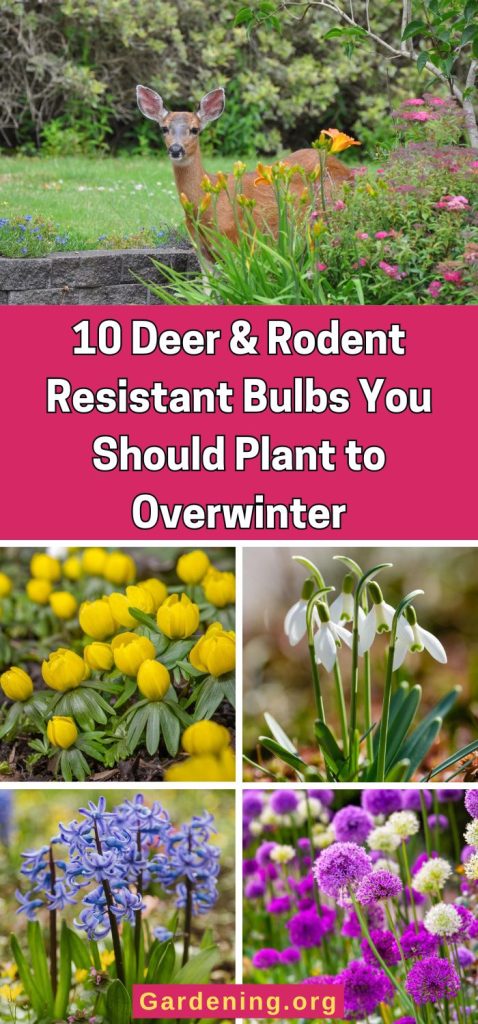


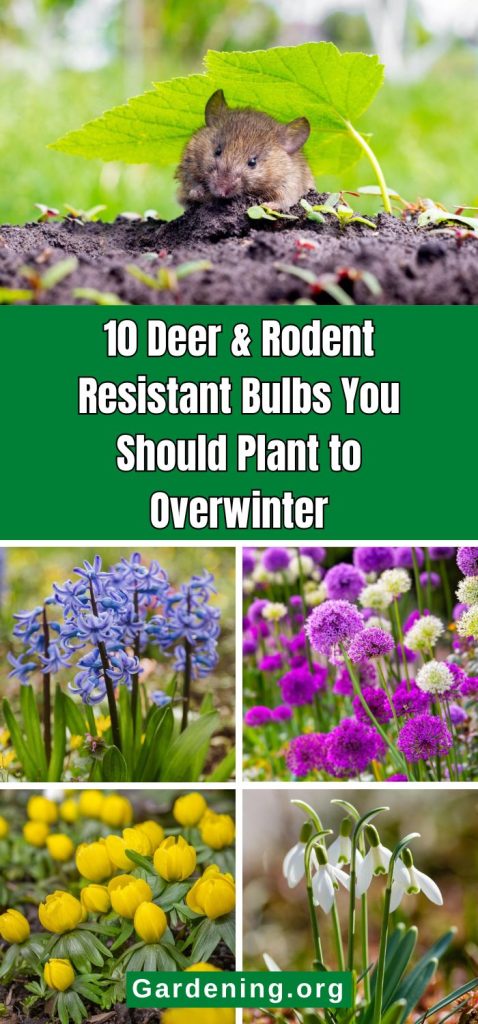

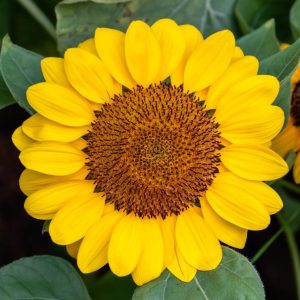
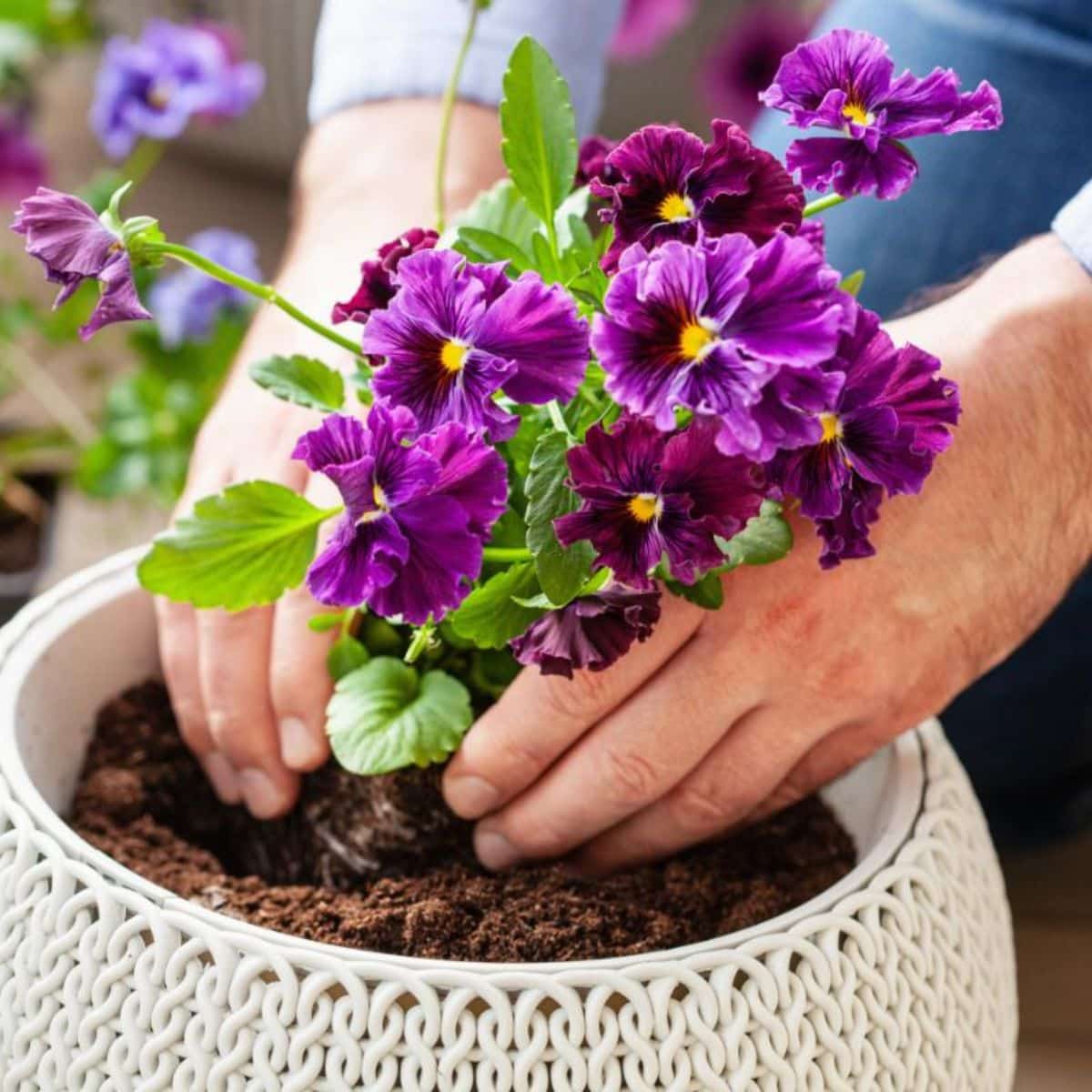
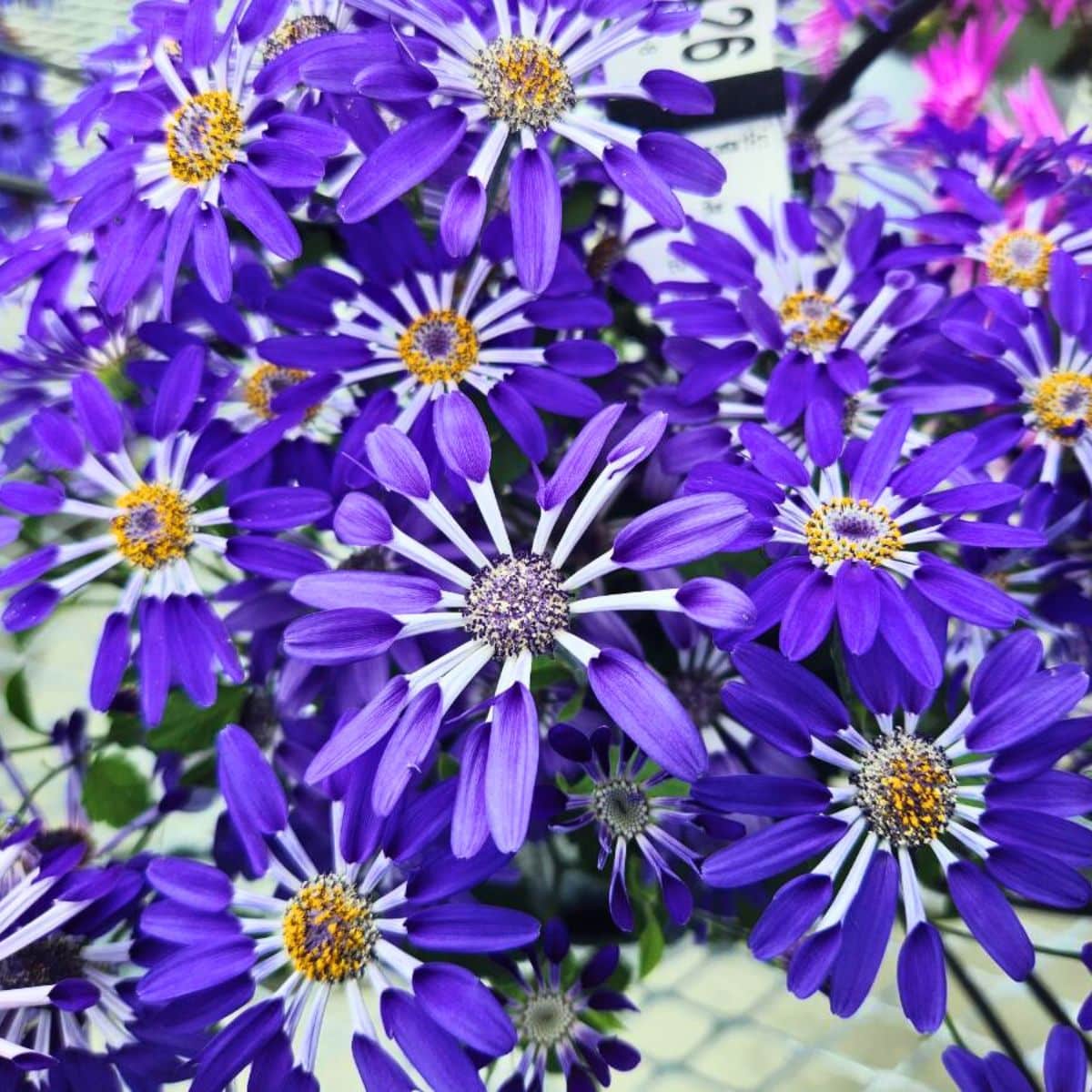
Leave a Reply